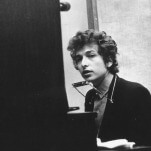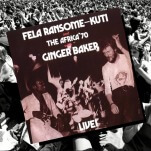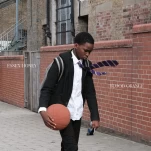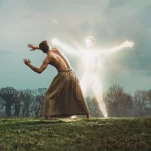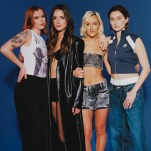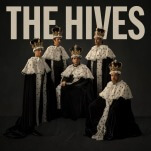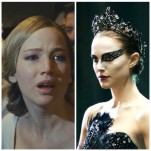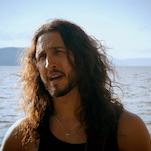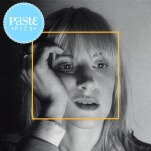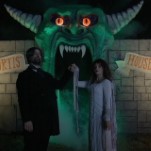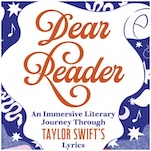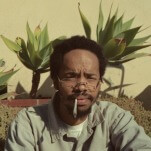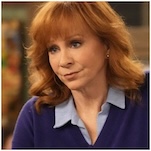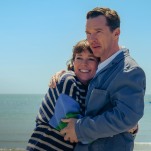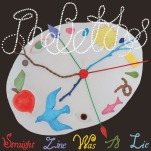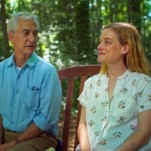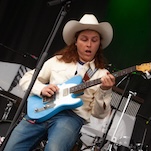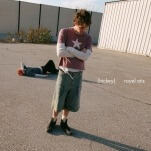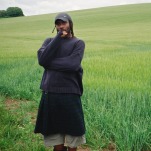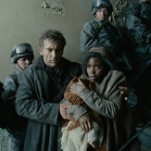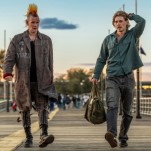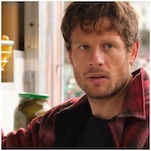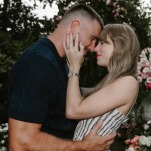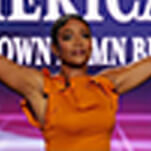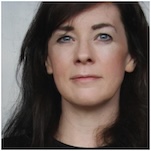The 3 Types of Lenses Every Beginning DSLR Shooter Needs
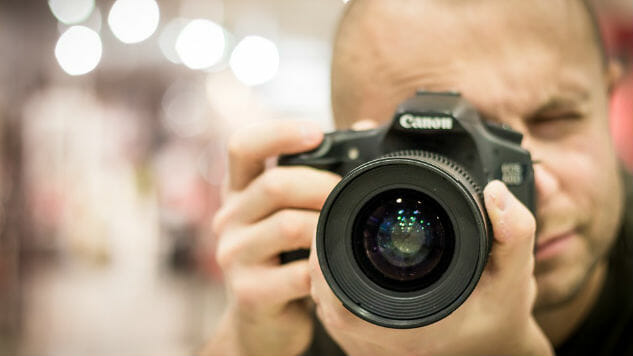
Buying a camera typically includes a basic lens like the 18-55mm or the 70-300mm. These lenses work fine for most situations, but there will come a time when you need to start looking into more specialized lenses.
Buying new lenses for your camera may add to the cost of ownership, but the ability to carry the lenses over to any compatible upgraded bodies will offset that cost. I’ll be listing a few entry level and mid-tier lenses you should look into to expand your shooting capabilities. As with all parts to a camera, be sure the mounting fits your camera body before purchasing.
So here they are: the three lenses you need to check out to add to your DSLR’s capabilities.
1. A Fixed Lens for Portraits
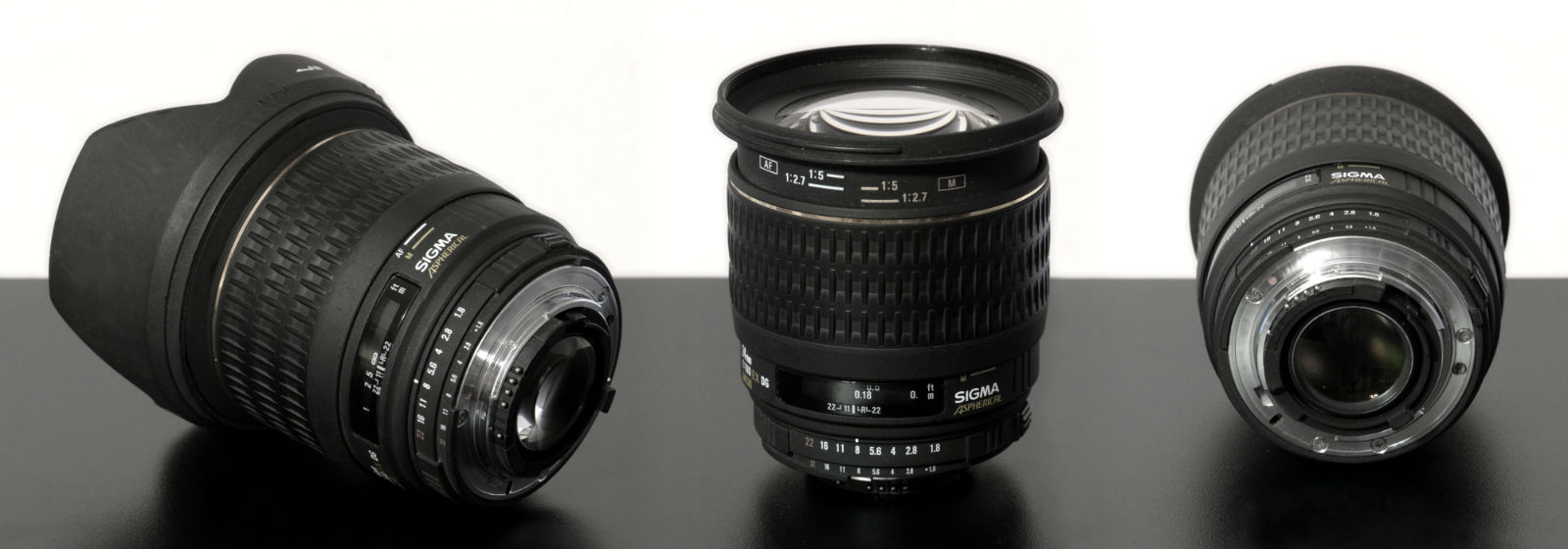
While the typical zoom lenses will suffice for everyday shots like candids, shooting high quality portraits typically requires a fixed lens. While not as versatile for distance, the fixed lenses are capable of focusing and highlighting portrait subject faces, placing emphasis on the person in frame instead of the background.
Fixed lenses also have the added benefit of being lighter and less cumbersome than zooms, making perfect carry lenses for travel. A modern 85mm, such as Nikon’s current model AF-S f/1.8G (Nikon 85mm) is capable of fantastic bokeh, the blurred background effect popular in portrait work. Canon has an EF 50mm (Canon) capable of indoor and outdoor shots, as well.
-

-

-

-

-

-

-

-

-

-

-

-

-

-

-

-

-

-

-

-

-

-

-

-

-

-

-

-

-

-

-

-

-

-

-

-

-

-

-

-



